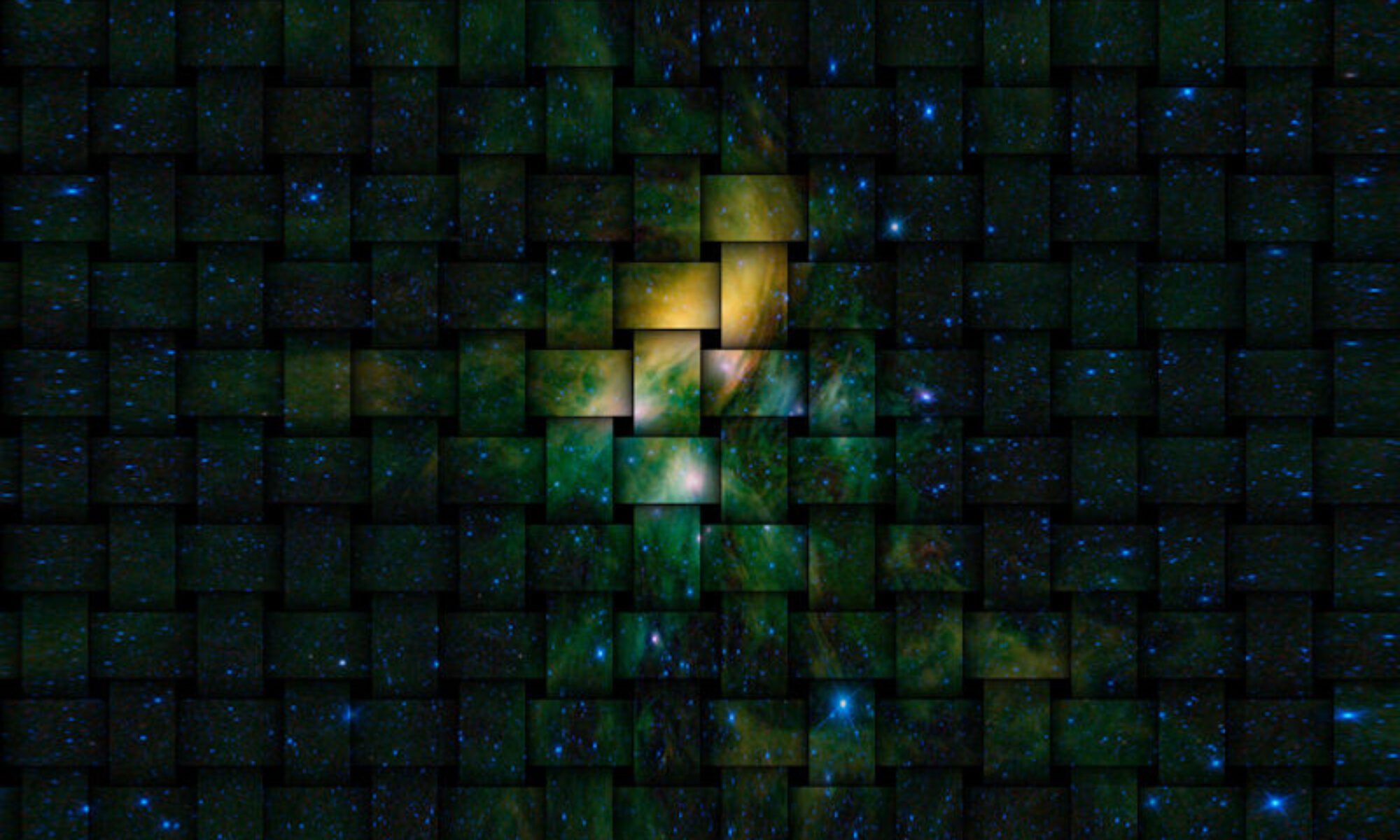That which is most important can only be perceived and conveyed by the heart.
Please discuss. How does this play out in life?
I’ll start us out. We struggle to express ourselves at times. When we’re making factual statements using commonly accepted units of measure, there’s a reasonable chance our words will be understood. Even this isn’t foolproof. “The current wind-chill factor is -4 degrees Fahrenheit” isn’t relatable to folks living in a tropical climate.
When we try to convey subjective experiences like feelings, spiritual insights, or connection with another, there’s a good chance what we’re trying to put into words will be received differently than we intend. That’s because language is processed by our minds and not our hearts.
Our hearts function as organs of cognition. They have the largest electromagnetic (EM) fields of any organ in the body. We often sense things in our hearts before we process them mentally. “I knew it in my heart.”
When we have powerful experiences like a wash of loving feelings or deep spiritual or personal connection, we register them in our hearts. “My heart sang.” “It gave me a warm fuzzy in my heart.” “He/;she/they set my heart aflutter.”
While we are registering these deep sensations in our hearts, we are also broadcasting them via our hearts’ EM fields. This is the most direct and unambiguous form of communication, transmissions of the heart. That’s why many of us treasure our companion animals and our connection to nature. Our relationships with them aren’t complicated by words. We simply sense and accept each other at a heart/soul level.
Today’s message reminds me to rely on my heart more than words—a poignant reminder as I’m writing a blog post! It’s a call to let love for life fill my heart. When I do so, my heart is open, free to receive and transmit clearly.
How about you? How do you communicate with your heart?
Highly recommended reading: The Secret Teachings of Plants: The Intelligence of the Heart in the Direct Perception of Nature by Stephen Harrod Buhner.
